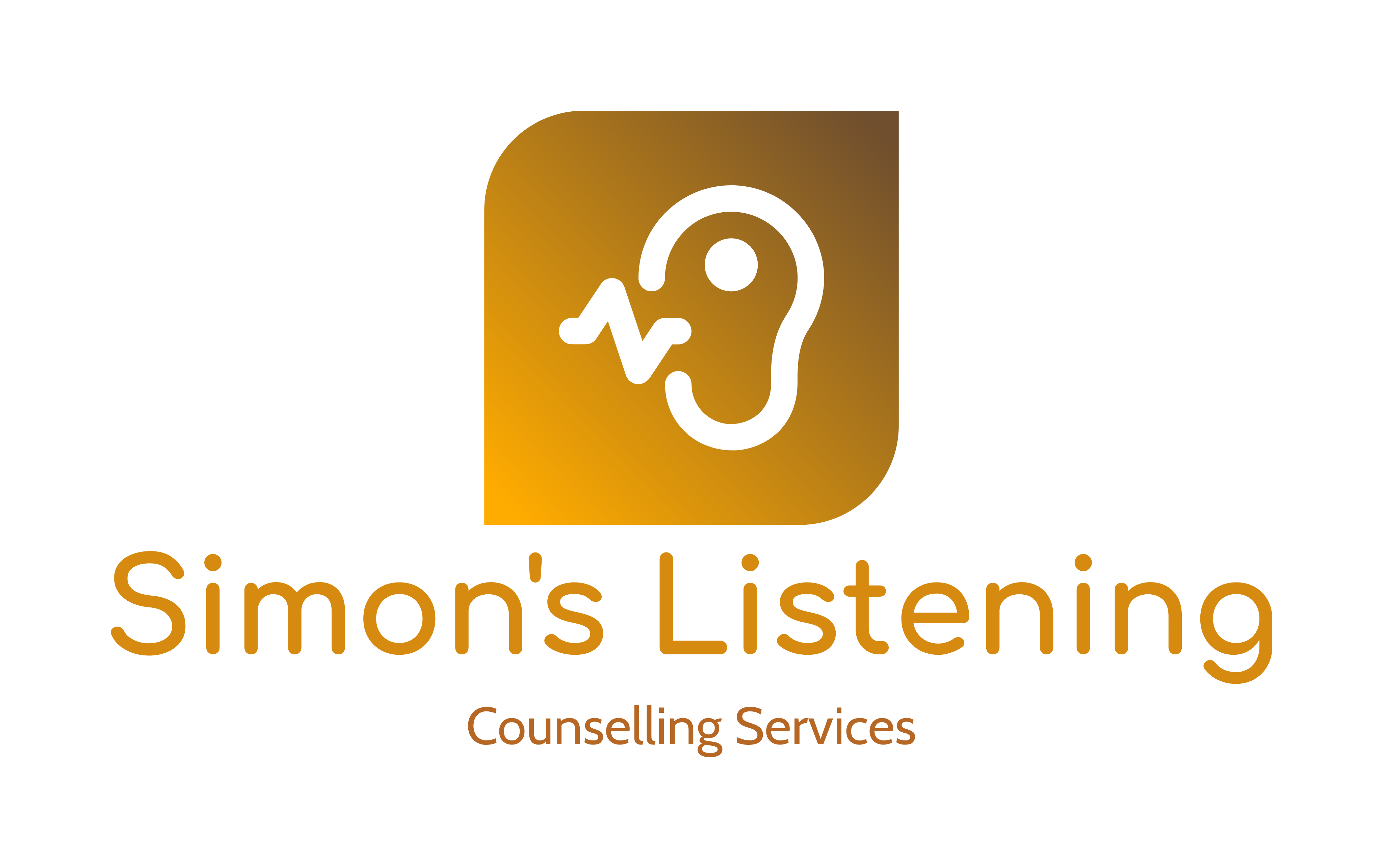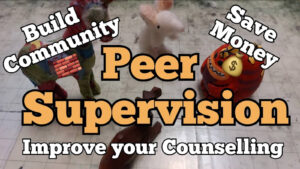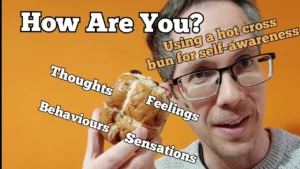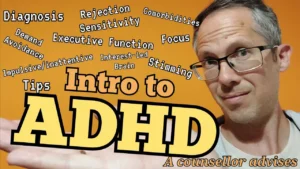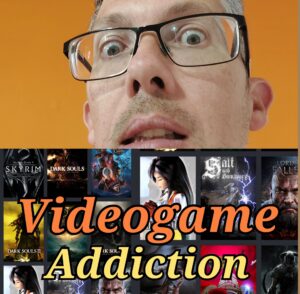Contents
Grounding Techniques
Grounding Techniques are used to anchor you in the present moment. They can be useful when we feel dysregulated, overwhelmed, or dissociative, to anchor us back into our experience and lessen the unpleasant lack of control we can feel when we aren’t grounded.
Often when clients first present for therapy, they are feeling the unpleasant symptoms of not being grounded and looking for a way to lessen those symptoms. The symptoms themselves can include intense feelings, dissociation, panic attacks, threat, and dysregulation. These are all natural human mechanisms to process distress and symbolic of situations and experiences that are ungrounding. Therapeutically, these techniques are useful tools for when we are dysregulated but are only solving a symptom of deeper psychological distress which counselling can help work on in the long term.
Broadly speaking, Grounding Techniques fall into several categories
- Distraction
- Enhancement
- Meditation
- Safety
Distraction
We may be feeling ungrounded at a place or time unrelated to our current situation. An example may be severe work-related stress presenting in breaking down when we are in the safety of our home.
Distraction Techniques can reset our focus away from the overwhelm to feel more grounded.
Like a paracetamol for a headache, they numb the sense of being ungrounded so we can process what is happening for us. As a long-term strategy, distracting ourselves from distress and pain risks suppressing it – just like if we had a headache, we might need rest/water/medical investigations and numbing the pain can be harmful.
Examples:
1. Drinking icy cold water and feeling the sensation of the cold against your throat.
2. Having a shockingly cold shower or running an ice cube against your skin.
3. Touching a windowpane and feeling the cold against your skin.
4. The 5, 4, 3, 2, 1 Technique of engaging the senses away from panic by naming 5 things you can see, 4 you can touch, 3 you can hear, 2 you can smell and 1 thing you can taste.
5. Playing a video game to mostly distract your mind with content whilst it still somewhat processes (playing Tetris, for example, can be helpful after a traumatic incident).
6. Counting backwards in 7s from a random number e.g. 302.
7. Stimming (stims usually match sensory sensitivities and are regulating such as using fidget toys, rocking, hand flapping, or making soothing noises).
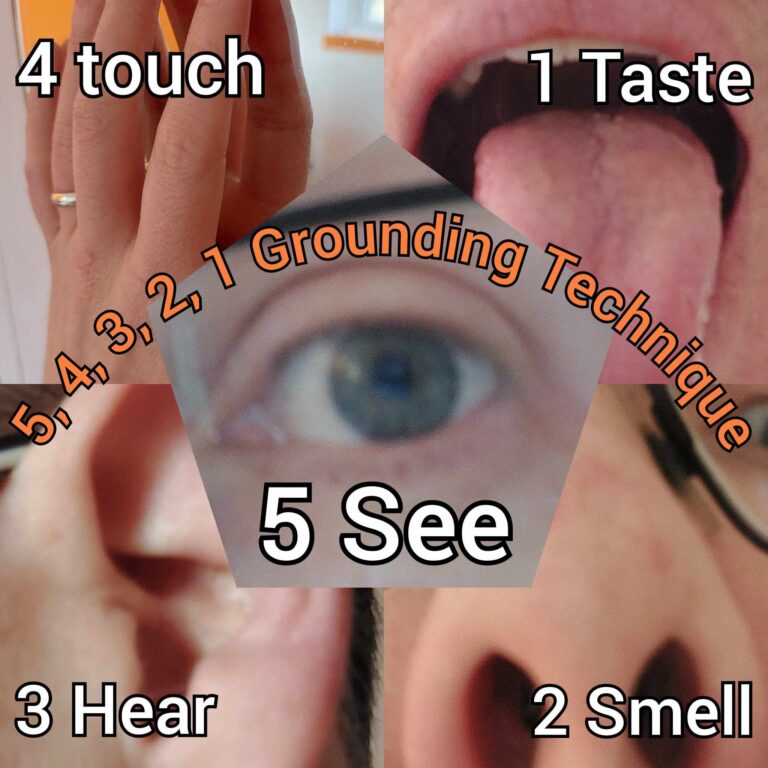
Enhancement
Enhancement techniques recognise the feeling we are experiencing and exaggerate or express it, often quite dramatically or in role play. In so doing, we are acknowledging our feelings as having purpose and channelling the emotions in a way that is healthy and doesn’t risk being displaced onto our loved ones.
The risk is that it’s not always appropriate or possible to express our feelings, and with anger (in the long term) it isn’t as effective as techniques that decrease rather than increase arousal.
Examples:
1. Channelling the feeling into a physical activity such as running or skipping.
2. Displacing strong feelings onto an object such as punching a pillow.
3. Expressing the feeling in a safe way like screaming into that same pillow.
4. Roleplaying.
Meditation
Meditation often involves deep breathing, which in and of itself can be peaceful, and give clarity as you take in more oxygen and focus, feeling distraction from the overwhelming stimuli.
For dissociative conditions, mindfulness also helps increase present-moment experience, which can help with panic around the past or worries for the future.
The real benefit of mindfulness is becoming an observer of yourself and realising that your thoughts/feelings are not you, but things you can observe and tolerate.
Examples:
1. Box breathing: inhale for 4 (count in your head), hold for 4, exhale for 4, hold for 4 – repeat.
2. Mindfulness: a quick 3-minute check-in of the breath, bodily sensations, thoughts, and feelings can be grounding in the state of overwhelm.
To really get the benefits of mindfulness, and that meta-awareness, you want to regularly take time to be mindful.
3. Imagery work: imagining being in a safe space
4. Imagery work 2: imagining feeling different to how you do and the process of getting there.
5. Narration: speaking in the third person about what is going on in this moment for you.
Safety
These last techniques recognise that arousal or dissociation are normal human responses to dysregulation, and particularly adaptive in overwhelming situations where the best option is to simply leave the triggering environment before trying other approaches to grounding. It isn’t so much about us grounding ourselves as it is protecting ourselves from being further dysregulated.
Examples:
1. Sensory Sensitivies exist, especially in neurodivergences such as autism, where senses might be heightened and a stimulus quite overwhelming. This can be even more so when we are stressed or out of control. Before attempting other grounding techniques, a low sensory environment (e.g. less noise/bright lights/odours) helps an autist regulate and regain control.
2. Danger or physical threat. This might be because of an incident where we need to leave a place for our physical or psychological safety, or that it triggers a traumatic response (like revisiting the house of a relative who has died). Safety recognises that being in the environment is ungrounding and we feel the need to leave it to be regulated, or if it is a triggering environment then approaching it or talking about it can be re-traumatising so we want to gradually and safely increase our exposure to it.
Conclusions
Being dysregulated and ungrounded are part of the human condition, and expressed in various ways such as strong emotions, physical panic, numbness, and sensory overwhelm. Feeling these things is often distressing and accompanied by a debilitating sense of losing control. When feeling ungrounded it is important for us to be compassionate towards ourselves.
Grounding Techniques provide a tool to regulate ourselves and regain control when we are dysregulated. Almost anything can be used for grounding, and it simply means a way of working towards regulation but I break them down into categories of Distraction, Enhancement, Meditation and Safety.
In the long term Distraction Techniques are just like a paracetamol for headaches, and deeper psychological exploration of what is causing us to be ungrounded will sustainably help us feel more regulated.
Counselling can help with this exploration of our mental wellbeing, relationships, stresses, sensory sensitivities, traumas, and feelings. Processing these within the safety and warm understanding acceptance of a therapist can help us to thrive without being ungrounded as often.
Finally, it turns out that sublimation from writing an article on Grounding Techniques is also a way of feeling more grounded when you are less so.
Simon is a Person-Centred Counsellor in Oxford working remotely and in person. He has lived in the county his whole life, and the city for almost 20 years. He appreciates the beauty of the city, nature, and connecting with people to help bring about meaningful change
Special thanks to:
Sophie’s Proof Reading for helping out with the spelling and grammar of this article.
Hope Therapy and Counselling for their excellent article on this topic, focussed on Panic Attacks
